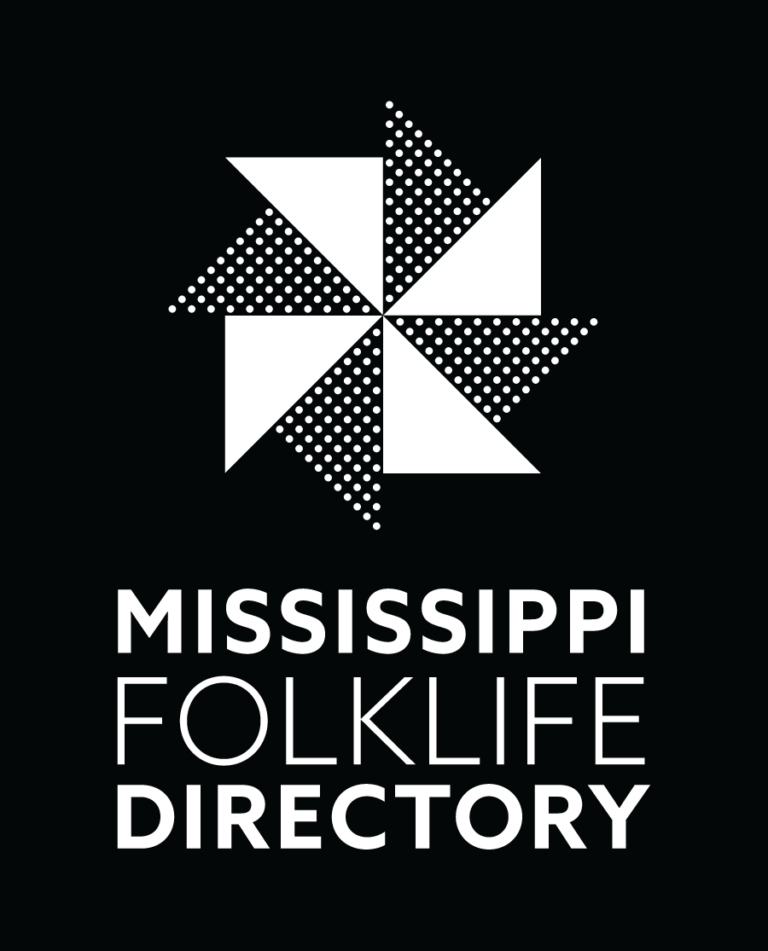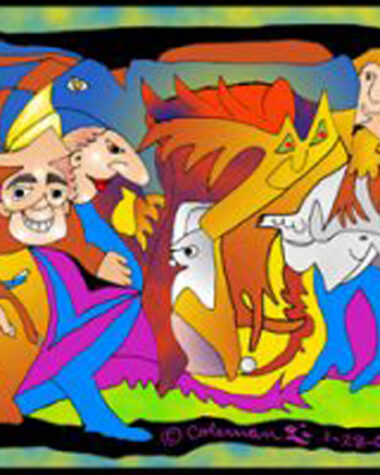Bob Coleman was born in Doddsville, Miss. in 1928. The youngest of five children, Coleman grew up working on a farm alongside his brothers. As a child, Coleman stuttered which kept him in the background at school and church. In 1946 he started college and played football for Sunflower Junior College in Moorehead (now Mississippi Delta Community College). Coleman says he asked the coach for a chance to run the ball as tailback, and given the chance, successfully ran through the line for the entire practice. He never stuttered again.
Coleman and his siblings were encouraged by their mother to draw. She had one picture frame dedicated to their artwork, and the featured piece was rotated weekly to present a new work by one of the children.
Coleman had been working as a cotton farmer for four years when his crop failed in 1951. He went to work for a lumberyard in Ruleville, where he had a very kind boss.
“My boss came out one day and said, ‘Bob, if you were a millionaire, what would you do?’ And I said, ‘I’d paint.’ He said, ‘Well, you’ve been here long enough for two weeks paid vacation. I’m not firing you, but if you want to start painting now is the time.’ And I said, ‘Write that check out, and I never looked back. I started painting that day. Everything I did I had to learn. Every job I had to learn on my own because I didn’t have any experience in it. I could draw and paint, but signs, you know, that was the only way I could get any income.”
Coleman opened a sign shop in Ruleville in 1952 but relocated the business to Yazoo City in 1955. He painted signs, trucks, billboards, and buildings. Coleman says the sign business was very territorial in the Delta, with each town having its own sign company. He soon learned how to do gold leaf, which took him throughout the region.
“One of the first things I learned was to do gold leaf; 23-carat gold,” said Coleman. “You letter behind [gold leaf] in reverse. Well, I was left-handed, so I could go lickety split backwards. So I did Planter’s Bank in Ruleville and I went over to Bank of Ruleville. And I got to doing gold leaf all over the country. I got so much money, I’d dress up with a suit and go do my gold leaf. I could get better sales that way.”
As a sign maker, Coleman worked entirely in freehand. He painted on the sides of petroleum tanks and silos and eventually started doing mural projects in downtown Yazoo City. His first mural was of a tree on a hillside in Yazoo City. The tree was growing on the edge of the hill, making it unclear whether the tree was supporting the hill or vice versa. This image is often used in Coleman’s work. He says that during the urban renewal movement, many of the murals were painted over or destroyed. The others have faded with time and are no longer visible.
In 2000, Coleman began creating what he calls, “new millennium art.”
“The preacher was reading a sermon and I started sketching on half a sheet of paper. Sometimes the drawings pertain to the sermon, and sometimes they don’t. While the preacher is preaching, I’m concentrating consciously on what he is saying. Subconsciously, I’m drawing and I’m watching all this take place. I don’t deviate, I do not change. I don’t say, ‘Well, I’m going to do this. I’m going to do that.’ It is like somebody else in here doing this thing, and here I am watching it take place.”
Coleman credits the Lord for each of the “new millennium art” pieces, which consist largely of animated line drawings.
During this same time, Coleman turned a local catfish restaurant, Howell’s Fish House, into his personal exhibit space. He also painted a large religious mural in the restaurant’s banquet hall, depicting several scenes from the New Testament.
Bob Coleman can be found most days in the basement of the Triangle Cultural Center in Yazoo City, where he and his wife have a studio. Coleman also writes poetry and has a self-published collection of poems called, Rays of Light. Contact Coleman by emailing painterpoetbob@gmail.com

